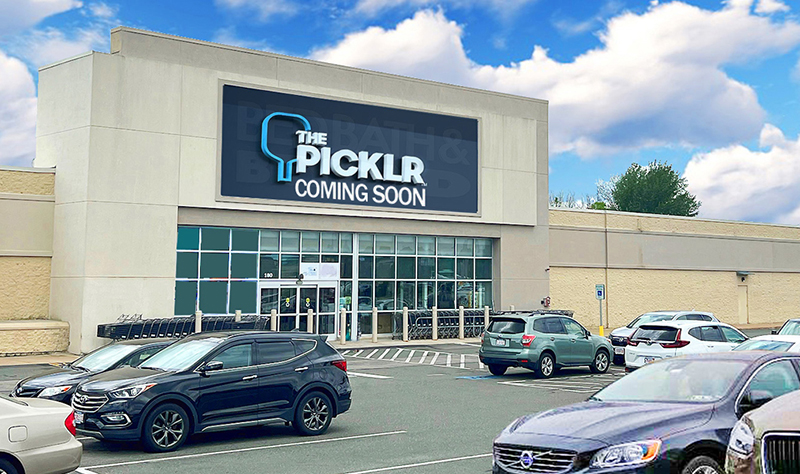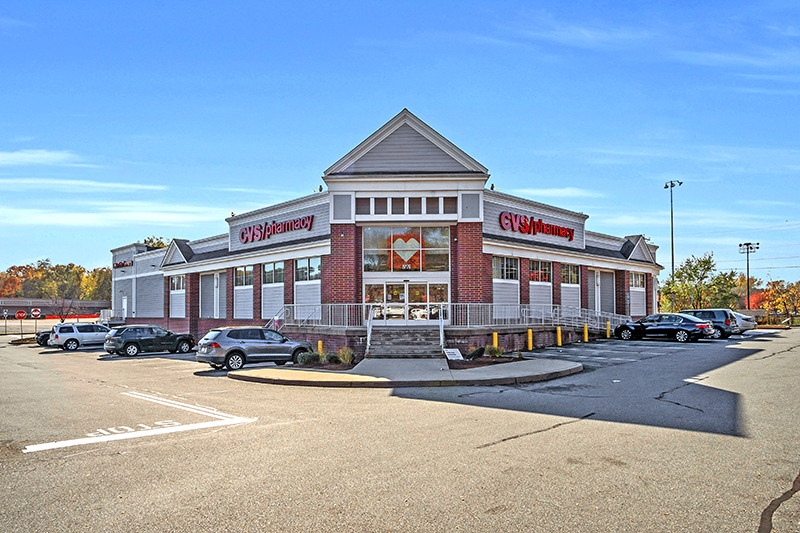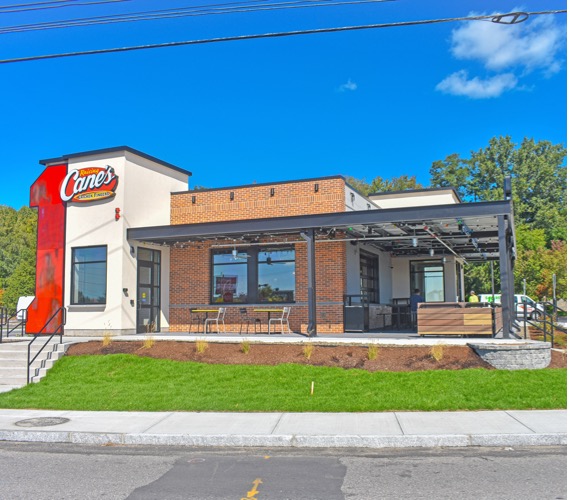Retail for the new consumer - by Carol Todreas

While brick and mortar stores remain strong in class A locations the retail scene is ever-changing and characterized by uncertainty. There are still layoffs, bankruptcies, closures, and vacancies. On the other hand there are new store openings and the successful tweaking/downsizing of some of the older department stores, such as Macys, Bloomingdales, Target and even IKEA.
One thing that is certain with most stores and restaurants is a staffing problem. Plus with rents rising, the high cost of money, supply chain issues still in flux, operating and scaling a business is not for the faint-hearted. Some stores and restaurants are forced to close with others on the fringe hoping it all will change for the better. The future is still in question as to who can stay in and who will be out.
Despite all this the luxury goods market, discounters, highly select specialized stores and entertainment venues remain profitable and in a growth mode. Still, though there are profound changes taking place with work and lifestyle that remain and do eventually influence the retail world.
More than ever it is of greatest importance to look closely at the new consumer: their ages, shopping patterns, values, and lifestyles. What do they want and what will they buy?
The most influential consumers are the Millennials and Gen Z-ers. Millennials range in age from 27 to 42 years old and Gen Z-ers are now 11 to 26. The two groups together compose the primary market for retail goods and services with over 40% of the market. They surpass the Baby Boomers now 59 to 78 years old, who represent roughly 22% of the U.S. market. These groups are the shoppers and they want different goods and shop differently from one another.
Millennials and Gen Z-ers shop on the Internet for most of their goods, while Baby Boomers still enjoy shopping in a physical store. The younger generations do not dress in the same way as their parents and do not value consumer goods as much as their parents. They have chosen a different lifestyle and value a balance between work and play. They have been adamant about working from home and are sticking to the hybrid model of working only a few days per week in the office.
They place great importance on gyms, fitness, food, beauty and personal care products, recreation, leisure time/entertainment activities, and the environment. They want life/work balance and to be part of a community. When they buy they want to respect the company. Will some of the money made be used to help or benefit some needy cause. They want to know where products are made, who was employed under what conditions, and is the product environmentally-friendly.
Moreover, they do not hang out at a mall or shopping street. They prefer to experience something different, an event, a store, a different food or game. They like to travel and when traveling or vacationing they like to experience the new place and shop in physical stores.
The big challenge for retailers, developers and city planners is how to attract this burgeoning market to their locations. It is not business as usual. Shopping centers and malls are finding ways to reposition their properties to appeal to these various groups. They are making new communities in older malls by replacing last generation stores with gyms, fitness/martial arts /yoga studios, grocery stores, pickle ball courts and entertainment venues. Some are adding housing and medical facilities. Many are bringing in a variety of restaurants and eating/drinking places along with children’s playrooms and daycare centers. They are literally reaching out to the new consumers for uses and this approach is working.
Neighborhood commercial districts need to do the same. They need to be easy places for walking and attractive for shopping. Often the older commercial districts are too large, covering too many blocks reflecting 19th century shopping days and would work better in fewer blocks with updated smaller tenants.
The idea of retail on the ground floor with residential on the above floors can be effective if the ground floor tenants are updated to suit the new consumers. Ground floor retail spaces should include uses that help create community. Strictly retail stores in some locations may not be viable given the shopping trends of the new consumer. Instead of vacancies, mixed-use residential projects should think of community-building with communal meeting rooms, art studios, maker spaces, workshops, small specialty schools, and small drink and food places.
Consumerism as it was with the previous generation is being replaced with concern about climate change, the environment, and quality of life. Retail, to be sustainable, needs to pay attention to this and incorporate those values into stores, shopping districts, mixed-use projects - let us get on with it!
Carol Todreas is retail consultant for Todreas Hanley Associates, Cambridge, Mass.
Mace of KeyPoint Partners negotiates 36,192 s/f lease for The Picklr at Endicott Square
Danvers, MA KeyPoint Partners (KPP) negotiated a lease with the nation’s premier indoor pickleball venue The Picklr at Endicott Sq. Vice president of retail brokerage Don Mace negotiated the transaction on behalf of the landlord.




.jpg)


.png)
